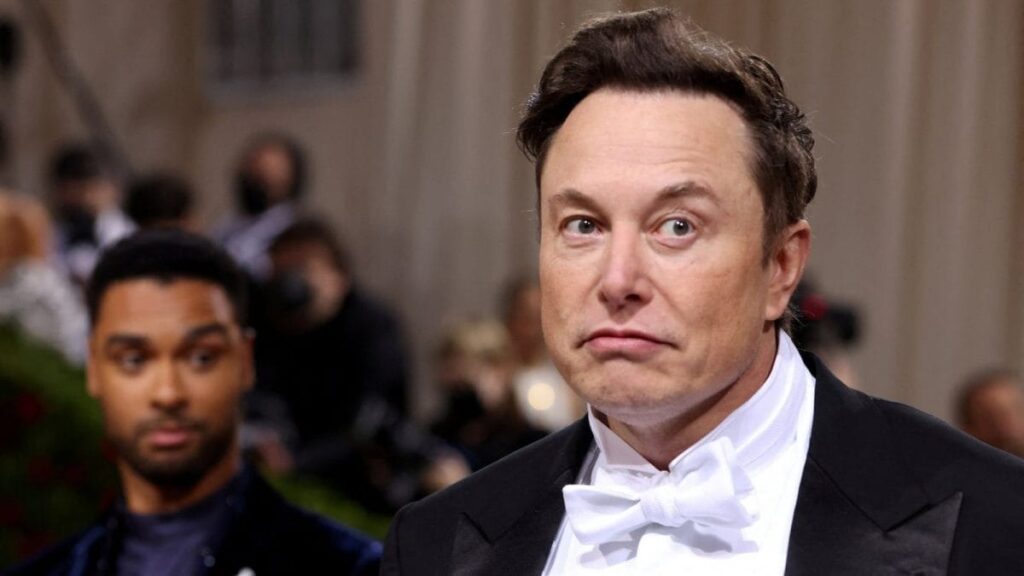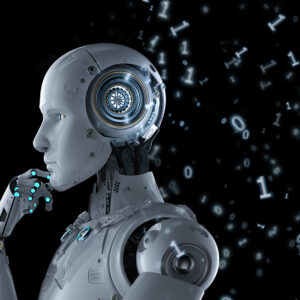
Yet another professional and personal challenge. For Elon Musk, the father-master of Tesla Motors, the car brand represents the last great challenge. The founder of PayPal, after having revolutionized the world of online payments with PayPal, after having given new vigor to solar energy research with SolarCity, after having made the dream of tourist travel in space possible or almost possible with SpaceX, wants to leave its footprint also in the automotive sector.
On the other hand, Musk himself has always had a passion for racing cars and the idea of being able to place his name alongside those of “sacred monsters” in the sector such as Ferrari or Lamborghini must have pushed him to accept the challenge. Founded in 2003, Tesla Motors is a car company that produces electric vehicles, i.e. powered exclusively by electricity through batteries, without the use of fuels and electric car parts for other companies active in the automotive sector.
The company, which owes its name to the American physicist and inventor, but of Serbian origin, Nikola Tesla, made the front pages of the sector press and not only between the end of 2008 and the beginning of 2009 thanks to the launch of the Tesla Roadster, the first sports car to be powered solely by electricity. The first model as well as the others that followed exploit the power supplied by the alternating current motor designed in the Palo Alto laboratories, very similar if not identical to the one theorized by Tesla himself in 1882. The Roadster is the first electric car with a range of over 300 kilometers and the first to use “normal” lithium ion batteries to power the engine. Between 2008 and 2012 the company managed to sell over 2,000 Tesla Roadster models in 31 countries, the base price of a Tesla Roadster was 108 thousand dollars, just over 80 thousand euros, while the workforce increased from 3,000 units in 2012 to around 6,000 this year.
Tesla Motors was born exactly in June 2003 on the initiative of Martin Eberhard and Marc Tarpenning. The two invested their savings to found the company, but almost immediately found an important ally in Elon Musk. He is the one who managed to accumulate capital of over 180 million dollars in less than five years. In October 2008, Musk returned to the role of CEO by intercepting an important investment from Daimler in the first months of 2009: 50 million dollars for 10% of the company’s capital. But it was in June 2009 that the company’s destiny changed profoundly: in fact, Tesla Motors received subsidized financing from the US Government for around 500 million dollars, necessary for the development and initial production of the Tesla Model S. On 29 June 2010 the company landed in Wall Street raising over $200 million in funding. Despite the drop in prices at the end of 2013, caused by the fire of a Model S, Elon Musk’s company won the prize for best stock on the Nasdaq 100 for 2013.
And we come to the technological aspect of Tesla Motors’ electric cars represented by the batteries used to accumulate electrical energy. Unlike other car manufacturers, Tesla uses batteries made up of thousands of lithium ion cells. A model, cylindrical in shape and small in size, usually used in batteries for computers and electronic devices. Naturally, Tesla designers adapted the technology to their needs, making cells lighter and more economical.
With the Model S, the heir to the Roadster, the technology evolves further: the batteries, instead of being housed behind the seats as happened in the first model, are arranged on the floor of the car, reducing overall dimensions to a minimum. In this way the batteries are effectively “invisible” and do not take up space in the trunk or passenger compartment. This allows the batteries to be changed quickly, in around 90 seconds, but exposes them to greater risks: a stone or an object protruding from the road surface is enough to damage them. To prevent this from happening, the lithium-ion batteries fitted by Model S are protected by 6mm thick aluminum armor. In June of this year, Elon Musk announced his intention to make all the patents filed in the name of Tesla Motors “open source”, thus opening up the collaboration of third-party designers and other car manufacturers. Equally interesting is the network of ultra-fast “electrical distributors” that Tesla is installing in North America, but also in Europe and Asia. The Supercharger Network is made up of 480 volt distributors providing direct current and capable of charging the Model S batteries in about half an hour.
And now the models. The progenitor of the family, the Tesla Roadster, was presented in July 2006, but landed on the markets two years later and remained there until mid-2012. In four years, over 2,000 models were produced and sold, allowing the US company to mark the first active in the balance sheet in 2012. The Roadster is able to travel, on average, around 390 kilometers on a single charge and has very respectable performance: less than 4 seconds to accelerate from 0 to 100 kmh and a maximum speed of 200 kmh. Announced in June 2008, the super-luxury sedan, initially known as Whitestar, the Model S has been on sale since the beginning of 2012. Already sold in more than 30,000 units worldwide, the Model S is not just one of best-selling electric cars in the world, but the absolute best-selling on the Norwegian market, is worth 10.4% of new registrations in the Scandinavian country. Cars distributed in the North American market are produced in factories in Fremont, California, while those for European Europe are assembled in Tilburg, Holland.
And we come to the Tesla Model X. Presented in mid-2012 in front of a crowd of 1,000 onlookers, the Tesla Model The conditional, in this case, is a must: Elon Musk’s company has postponed the release date several times to concentrate on production, it has only been announced and never shown to the public, the Model III should be the first Tesla car aimed at the great audience. With a price of around 30,000 dollars, just over 25,000 euros, it should undermine the volume models of the German luxury brands, namely Audi A4, BMW 3 Series and Mercedes C-Class. ( C.Ca. )



